Fly fishing is a sport locals love
By Cindy Ross, Pennsylvania’s Americana Region
Middle age seemed like a good time to be trying something totally new, like fly-fishing. I was one of the millions who saw the film, “A River Runs Through It” and came away with the feeling, “I’d like to try that.” So, I decided to schedule my own private lesson with an instructor from a local shop, Tulpehocken Creek Outfitters (TCO) in West Lawn.
The shop boasts room after room of fly-fishing goodies, and I marvel at the close to 200 rods and over 2,000 tiny compartments with individual flies. The lesson begins with a cruise around the shop to learn about gear and what I need to get started.
Tony, the store owner and instructor, shows me how to tie beginner knots with heavy, bright red line.
“Make me do everything myself, Tony. I want to go out on that river and know what I’m doing,” I say.
I learn how to tie the tippet to the line, the leader to the tippet and the fly to the leader as Tony shares what he loves about the sport and what makes it so fascinating and suitable for a lifetime of enjoyment.
“Fly fishing is more of an art than other types of fishing. You have to figure out what is hatching, what insects live on that particular stream. Live bait is never used in fly-fishing, but all types of bugs and insects made from feathers and wool and thread and beads,” Tony says.
The second part of my lesson includes an on-stream fishing experience, which brings us to the Tulpehocken Creek.
“You want to first take a few minutes and watch the water, see if there are insects rising or hatching, causing the fish to dimple the surface for a meal. When you fly fish, you want to imitate what the fish are eating on this particular day,” Tony says.
Tony spots only one caddis fly emerge and so he goes to a submerged rock and lifts it out of the water to show me the underside.
“Only check rocks that you’re sure are covered with water year-round, even in dry spells, for some stages of an insects’ life dictates that it must be submerged for 365 days,” he says.
He fingers a tiny pebble covered object off the bottom and licks the stones away until a caddis larva is revealed. The insect excretes a sticky substance that makes these tiny pebbles adhere to it. Then Tony takes his box of “patterns” and matches the insect to the artificial lure. The tied flies are more exaggerated in color etc, but they have to attract fish and hold up under the water.
After I select a pattern and tie it on myself, Tony examines the river and points out places that a fish could possibly hide, waiting for a meal being carried on the current. Tony takes my arm and demonstrates how the casting motion should feel and in no time at all, I am whipping that line around like a natural. A fly-fishing rod is very long and flexible and is built to transfer energy to the PVC rubberized hollow line. Fly fishing line is specially designed to float and fly because it is a thin, long, tubular line rubberized with glass bubbles inside. It moves so incredibly graceful that I find myself enjoying just this simple beautiful motion. Tony shows me how to “mend” the line or flip it upstream, so the fly goes down first.“All the rest is learning how to ‘present’ the fly, how to perfect your aim and deliver your pattern exactly the way a real fly would land,” he says.
This afternoon, the wind is blowing refreshingly, the flowing water sounds like music, and my mind is empty of every day cares and worries as I cast my fly line through the air. I know there is a lot left to learn, but after only one day on the river, I have found a new love.
Do you want to learn how to fly fish? Or are you already an avid fly fisherman? Tulpehocken Creek Outfitters (TCO) Fly Shop has one of four locations in Greater Reading. TCO is the largest, most complete fly-fishing outfitter on the East Coast also offering events and education. Call, e-mail or visit www.tcoflyfishing.com for a complete listing of store hours and its calendar of events and education.

